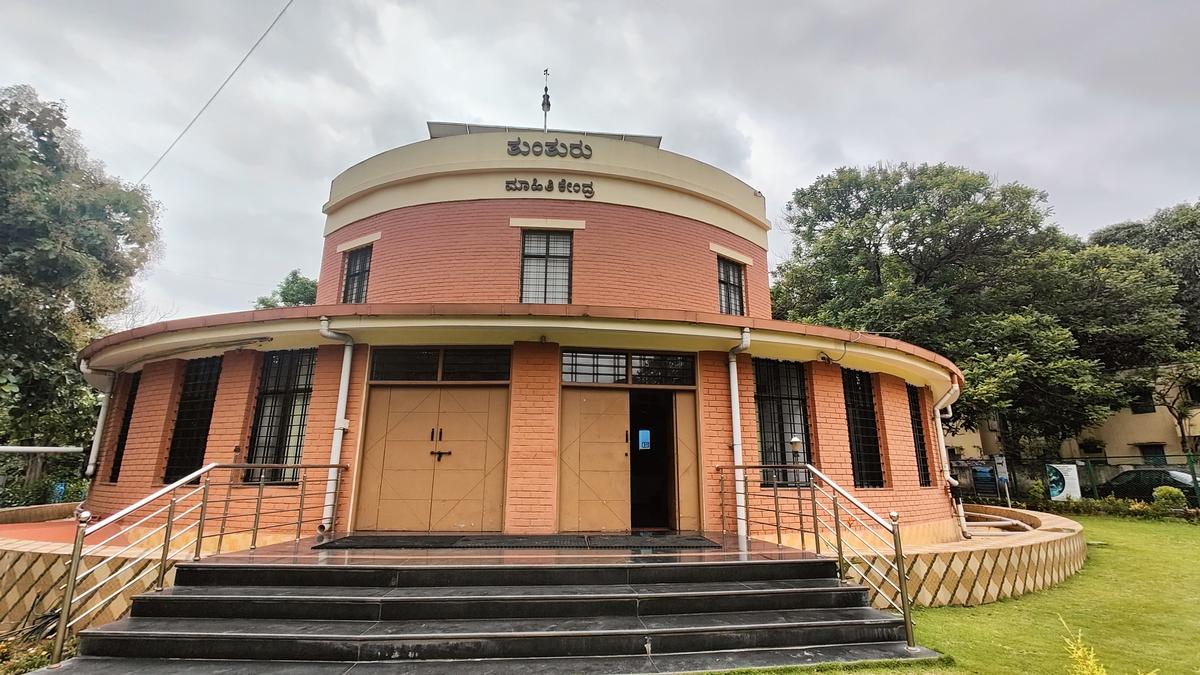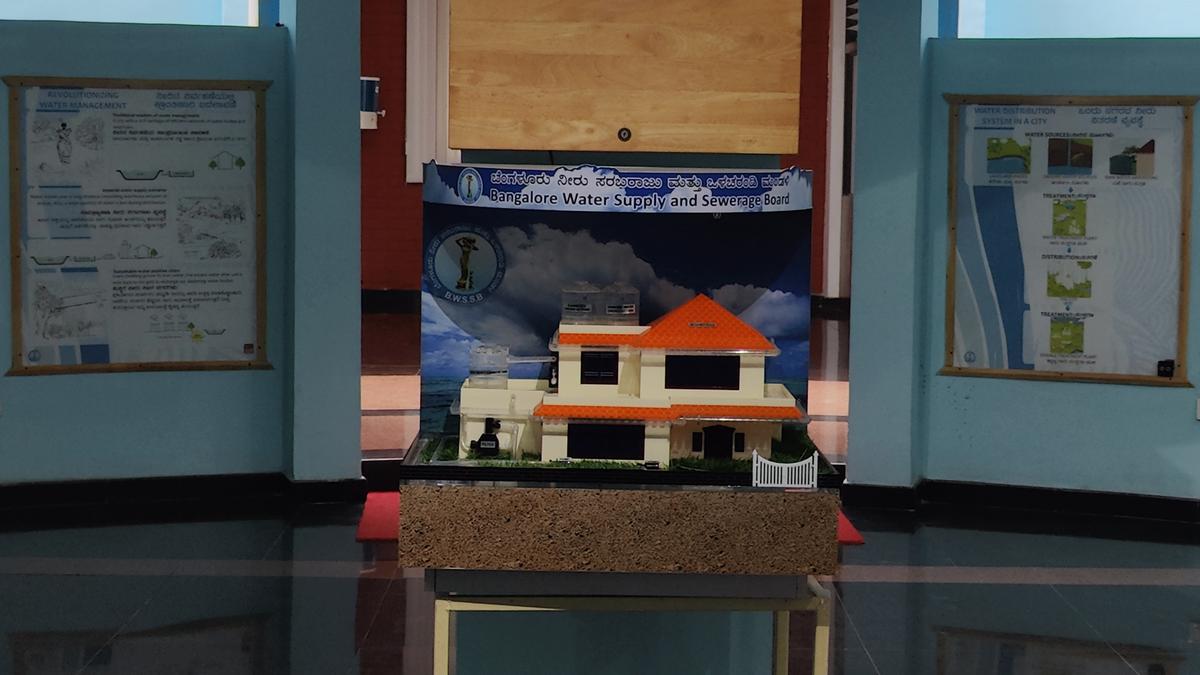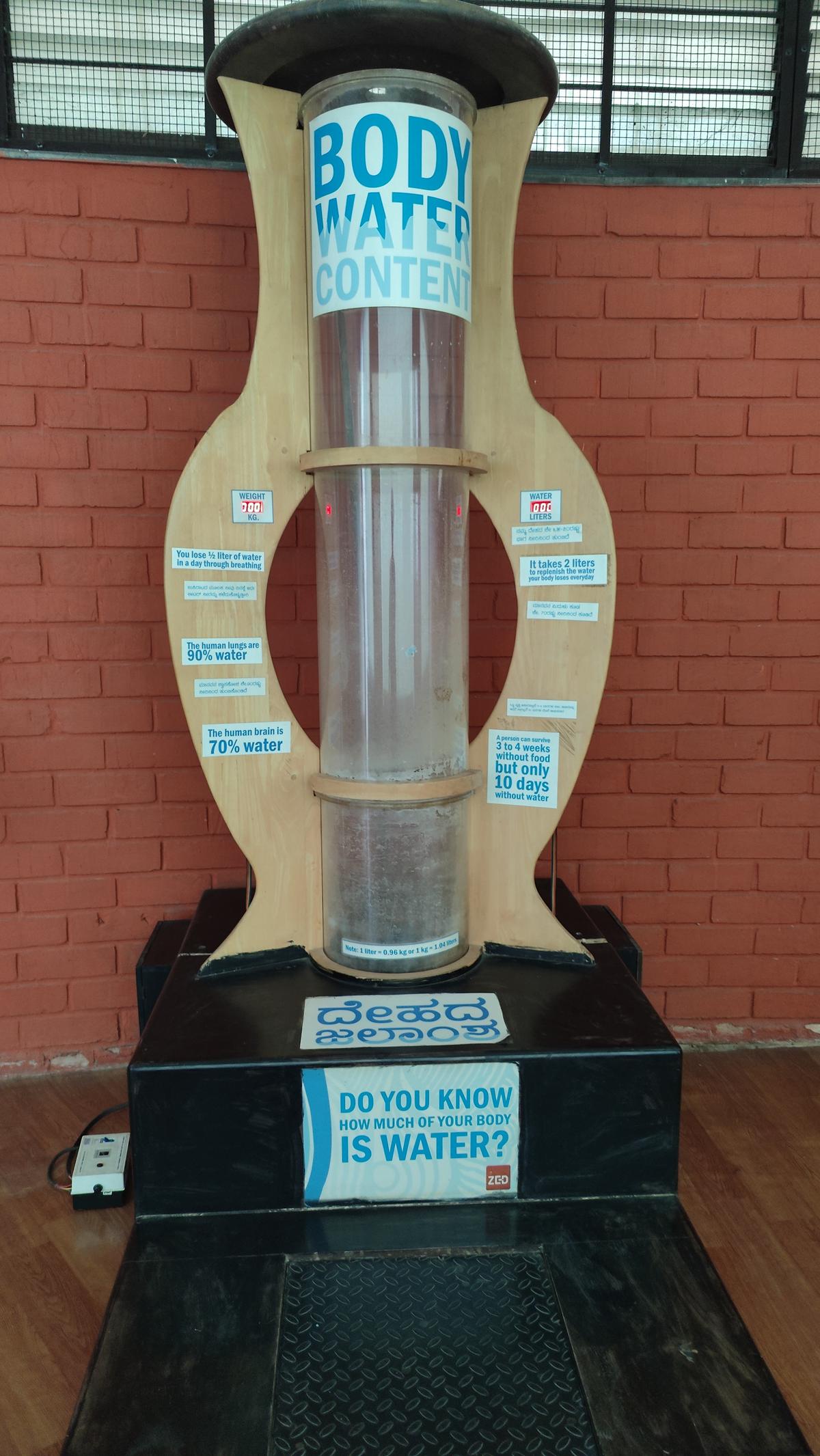[ad_1]

Sir M Visvesvaraya Rainwater Harvesting Theme Park in Bangalore
| Photo Credit: Special Arrangement
Come summer and the scorching temperatures bring with it woes galore. Water scarcity is one among them and Bengaluru was one of the cities that was affected badly this summer. There is little doubt that one of the key ways to mitigate water shortage is by rain water harvesting (RWH).
RWH is essentially a simple technique by which rain water is collected, filtered and stored for future use. As per the Bangalore Water Supply and Sewerage Board (BWSSB) Act 72, RWH is mandatory for all existing buildings constructed on a plot of 2400 sq. feet or higher and for any new buildings proposed to be constructed on sites measuring 1200 sq. feet and higher in the city. For the uninitiated, BWSSB is a governmental agency responsible for water supply and sewage disposal for the city of Bengaluru.
In a commendable effort to demonstrate the importance of RWH and educate citizens of the city about this concept, BWSSB in collaboration with the Karnataka State Council for Science and Technology (KSCST), established the Sir M Visvesvaraya Rainwater Harvesting Theme Park in 2022.

Sir M Visvesvaraya Rainwater Harvesting Theme Park in Bangalore
| Photo Credit:
Special Arrangement
“The initiative of this museum and theme park was taken up by BWSSB with the objective of highlighting the importance of water conservation in the light of growing water scarcity. It is a treasure trove of information on all things related to RWH and an invaluable knowledge hub for people who wish to get trained in the implementation of RWH,” says Sunil Basavaraj, Project Engineer, KSCST, IISc Campus.
Exhaustive display
The museum building which has been tastefully designed in the shape of a large water tank has an earthy, brick façade and is located in Jayanagar, south Bengaluru. The indoor section is divided into the three main areas — the central gallery, water gallery and sewerage gallery. With engrossing information boards, practical models and interesting trivia, the museum has been designed to keep visitors purposefully engaged.
The central gallery throws light on the numerous lakes which formed the lifeline of the city. It covers the way they were interconnected as well as the system of Rajakaluve or canals that were built during the British era. This robust system prevented flooding in the yesteryears. It also showcases how these ancient passageways of water as well as wetlands have now been closed by mindless urbanisation and its adverse effect on temperatures and water availability.

Sir M Visvesvaraya Rainwater Harvesting Theme Park in Bangalore
| Photo Credit:
Special Arrangement
“The museum outlines several steps citizens can take to preserve the city’s lakes and improve ground water levels. This can be done by RWH, avoiding the digging deep borewells, using bio-fertilisers and participating in anti-encroachment as well as cleaning drives,” says Sunil.
The water gallery explains the basics of recharge through borewells and demonstrates how water percolates through different layers of the earth. It houses a comprehensive RWH house model and also educates visitors about body water and the importance of water in the human body.
“Visitors can also check their water content on the scale which shows both body weight and water content. The gallery also has information on how citizens can install aerators and restrictors on taps, shower heads and toilet guns. This simple solution can save substantial amounts of water,” adds Sunil.
Did you know Bengaluru’s original sewerage system was built in 1922 and served only the heart of the city? Or that as much as 53% of untreated sewage is let into lakes? The sewerage gallery explains all this and more. “This gallery has exhibits that demonstrate the water usage of different appliances in a home and how liquid waste is of two types — grey and black water.”

Sir M Visvesvaraya Rainwater Harvesting Theme Park in Bangalore
| Photo Credit:
Special Arrangement
“The former is generated from showers, washing machines etc and can be reused for toilet flushing, car washing etc. The latter is waste water that comes out of kitchen sinks and the toilet which can be reused for purposes such as gardening after tertiary treatment,” explains Sunil.
Models galore
There are as many as 26 types of rain harvesting models installed in the gardens of the theme park which is lush green with different kinds of plants, including several medicinal species.
“From models for flat and sloping roofs as well as different kinds of pipes for these roofs, there are various models on display, including ones made from bamboo, fibre, PVC etc. We also have different kinds of filters such as wall mounted ones which are suitable for smaller roofs,” he says.
Reservoir models such as cement tanks and earthen pots are also on display so potential users can easily gauge the suitability of the models for their homes. The pervious (porous) paver blocks laid all along the grass joints and walking paths provide the perfect example of how the underground water table can be replenished.
Sir M Visvesvaraya Rainwater Harvesting Theme Park in Bangalore
| Photo Credit:
Special Arrangement
The museum also has an auditorium with a seating capacity of 72 with state-of-the-art facilities for training programs, discussions and conferences.
Sir M Visvesvaraya Rainwater Harvesting Theme Park is at 8th Main Road, 40th Cross Rd, 5th Block,Jayanagar. It is open from 10a.m to 5.30 pm on all days except Sundays and government holidays. Entry is free.
Published – October 10, 2024 05:59 pm IST
[ad_2]
Source link





